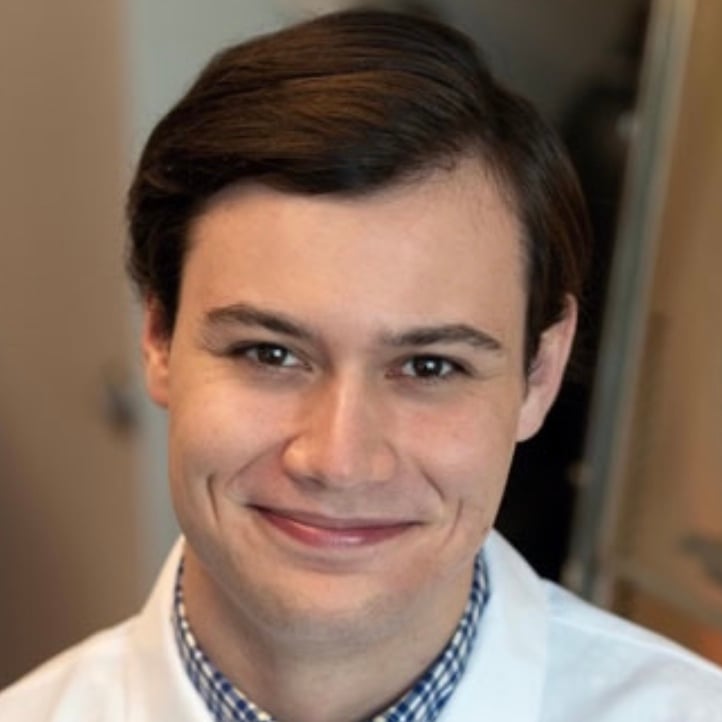You’ve spent years volunteering in your community, exploring medicine through clinical work, and cultivating leadership skills in your extracurriculars; you’re finally ready to start writing your AMCAS activities section!
Here are a few tips to help you craft activity descriptions that convey your passion, impact, and drive to Admission Committees.
Tip #1: Infuse your passion and make them fun to read!
Admissions Committees are looking for students who are enthusiastic and passionate about everything they do. They also receive applications from thousands of students who have done similar activities (clinical work, teaching, research, etc). In my experience, the applicants who stand out make EACH of their descriptions reflective, insightful, and most importantly, fun to read! I would also recommend not spending too much time describing the responsibilities of commonly held roles. Most people know what a TA or a nursing assistant is; use this prime real estate to convey your passion and values instead! Take this example description of a TA position:
“BIOG 1445 is an auto-tutorial course, meaning that students study the course material independently and interface with teaching staff for private tutoring and testing sessions. As a TA, I wrote and administered 30-minute oral exams, graded written exams, and led tutoring sessions. Additionally, I taught a weekly, 50-minute discussion section. At the end of the semester, I led a Comparative Vertebrate Anatomy lab in which students dissected and compared the anatomy of five organisms. This experience crystallized my love of evolutionary biology and teaching.”
This description spends way too much time explaining what a TA is. A better response would 1) reflect on why this student enjoyed being a TA, 2) convey the impact they had and the qualities they demonstrated as a TA, 3) show that they valued the relationships they built with their students, and 4) (most importantly) be fun to read! For example:
“Armed with my toolkit of mnemonics, analogies, and visual summaries, I chaperoned Cornell students on their journey through time to trace the evolutionary origins of each organ system. My students and I marveled together at how the gill apparatus of fish evolved into the human jaw and how basic osmotic principles governed solute transport in both plant phloem and nephrons. Beyond exploring fascinating science, I taught students how to organize their studying around the fundamental principles of biology and tested their comprehension by writing and administering my own oral exams. I’ve loved keeping in touch with my old students and watching them continue to grow each semester.”
Tip #2: Show, don’t tell!
I know this sounds cliché, and you’ve heard this over and over again during your application cycle, but it is CRUCIAL that you use anecdotes and stories that convey your impact. Many students focus on sharing anecdotes in their personal statements at the expense of their activity descriptions. However, the activities section actually comes before the personal statement in the AMCAS application; this section is a perfect opportunity to draw the reader into your application! The Admissions Committee should be able to envision you doing each activity and get a sense of your personality. Ideally, your descriptions should start getting them excited about the unique ways in which you will contribute to their community as a medical student. Take this description of a volunteer experience in a homeless shelter:
“Every Thursday at 6 PM, the floor I’m standing on turns to lava, and I become a menacing lava monster cloaked in a rainbow parachute. Within minutes, I morph into a superhero and use my powers to rescue a city from ferocious dinosaurs. By 7 PM, I’m just Paul again, dancing with my playspace group to Hannah Montana songs. As a PAL, I get to go on wild new adventures each week through the imaginations of children aged one to ten. Unfortunately, these children are living in a homeless shelter. It’s my job to help these optimistic and resilient kids work out their energy and practice forming positive, trusting relationships with adults through the healing power of play.”
Tip #3: Draw connections between your activities! Remind the Admissions Committee of how your activities fit into your narrative.
The key to a successful medical school application is a cohesive, compelling narrative. In my experience, the most successful candidates craft their application around a few key threads or themes that link their lived experiences together and foreshadow what they hope to achieve through a career in medicine. For example, the themes I emphasized in my application were pediatric neurodevelopment, cerebrospinal fluid research, and public health education. Not all of your activities need to be directly connected to the themes you chose, but you should take every opportunity to remind Admissions Committees when they do! Take this example description of a TA position in a special education school:
“Inspired by my younger brother’s journey with autism, I wanted to learn more about how I could empower kids with behavioral and learning disorders. As a TA, I spent my days working with teachers and psychologists to prepare creative, individualized lesson plans for our neurodiverse students. I was astonished that we could teach eighth-grade algebra to blind students using only coins, twist-ties, and a braille typewriter. Admittedly though, my favorite part of each day was making crafts with my students at recess. The challenges these kids faced later motivated me to pursue clinical and research opportunities to address their diseases, which included hydrocephalus, brain tumors, and autism.”
By drawing connections between your personal, teaching, clinical, and research experiences, you show that you aren’t pursuing each activity in isolation. Rather, you are pursuing a set of activities that together help you work towards some underlying goal you have. In my case, that goal is to help all children live full lives. In your case, it might be to advocate for a specific community, to make medicine more environmentally sustainable, or whatever your unique “why” is!

Comments